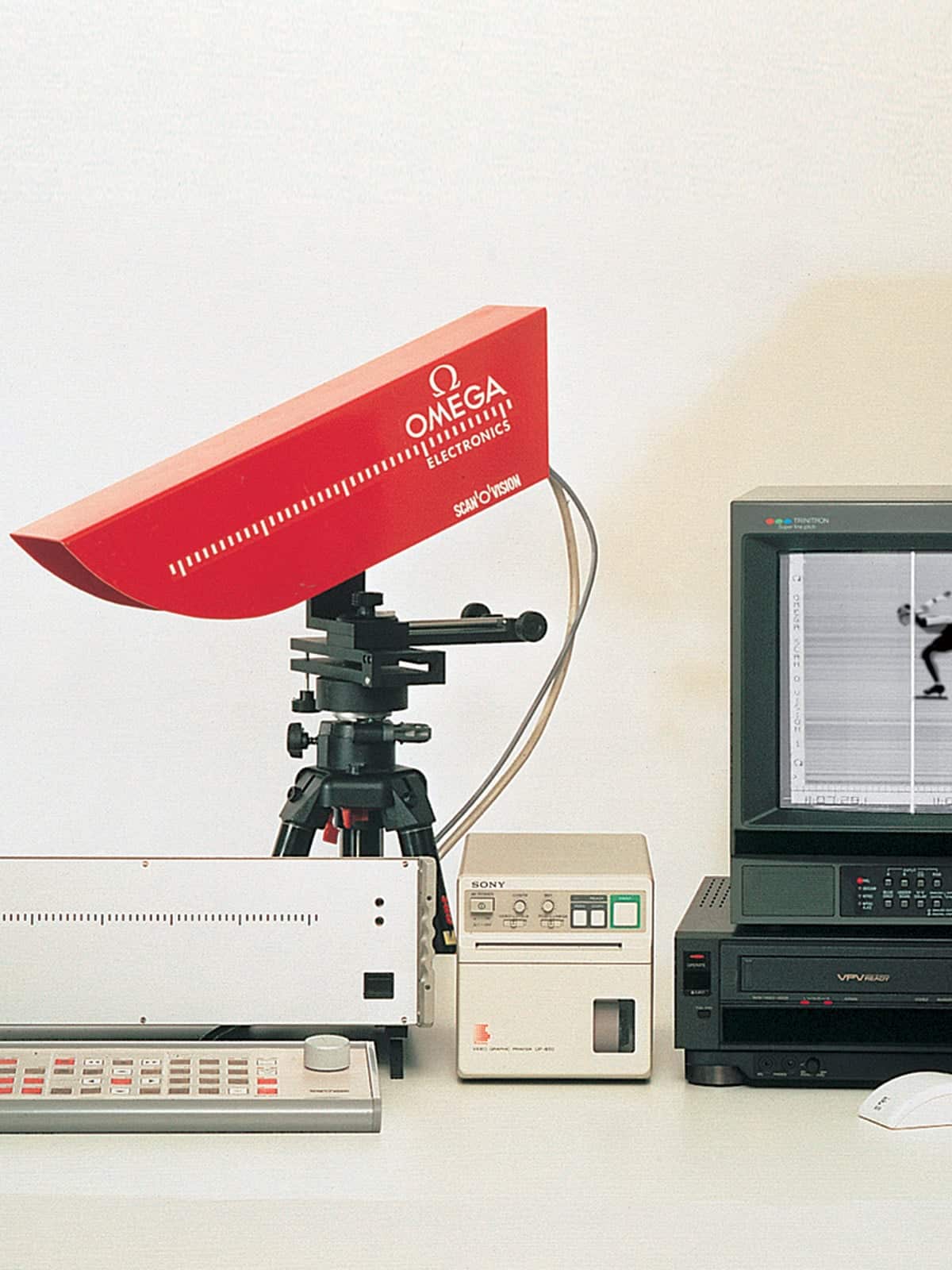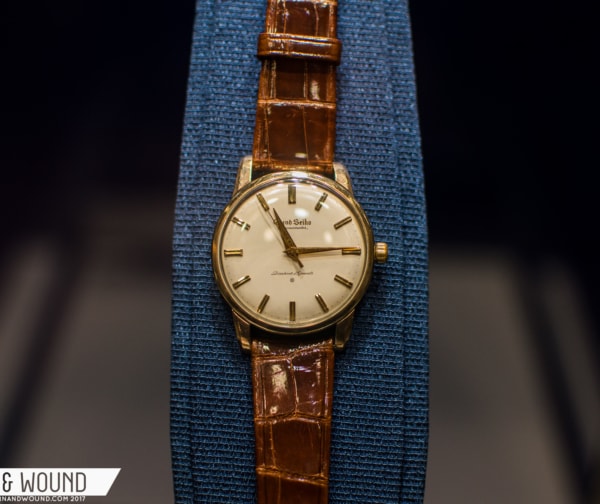From the first modern Games in 1896, when a team of judges timed a marathon with a stopwatch, to the ’92 Games, which saw the first-ever implementation of the highly-precise Scan-O-Vision system, timing has been a critical—and challenging—aspect of the Olympic Games. Since 1932, Omega has functioned as the Olympics’ official timekeeper, evolving over the years to meet the needs of timing more events and more athletes at increasingly smaller intervals, with some contests being decided by thousandths of a second. At the Winter Olympics at Pyeongchang, Omega will be responsible for capturing half a million finish times, all of which will be made possible through 230 tons of delicate timing equipment.

Alan Burdick of The New Yorker explores the history and difficulties of timing the Olympics in his anecdote-rich article, “The Olympics’ Never-Ending Struggle to Keep Track of Time.”
To read the fascinating (and brief) story, click here.









 Featured Videos
Featured Videos






